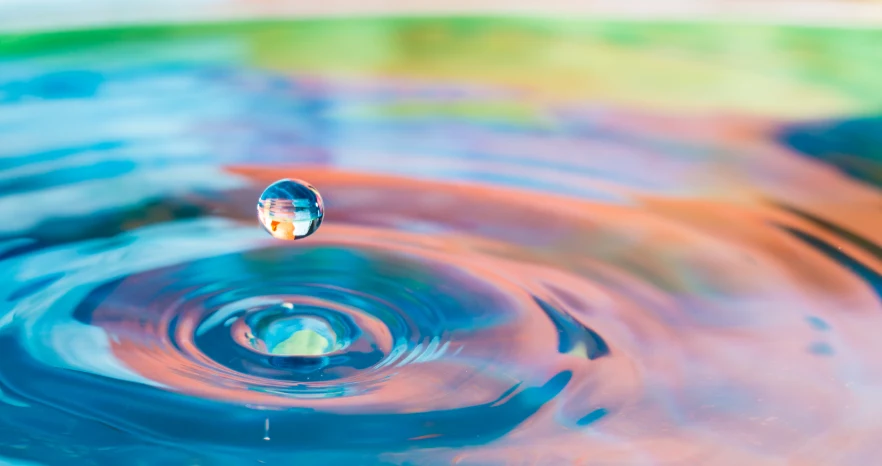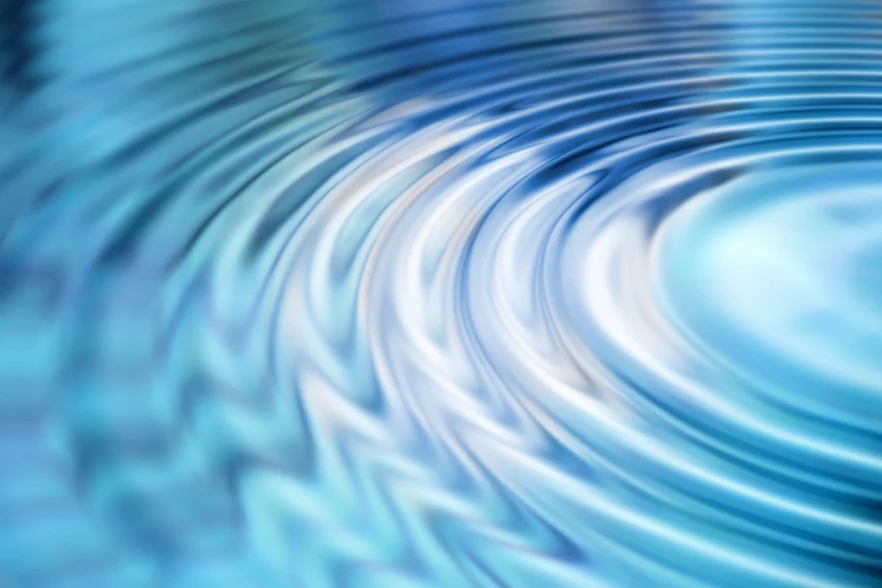Aquatic Therapy
Aquatic therapy utilizes the properties of water to promote desired effects of movement, sensation and relaxation.
Lullaby Waters features a unique, warm and relaxing aquatic environment where you or your child can heal, develop and enhance the ability to function in everyday life. We use components from a variety of evidence-based techniques modified to individual needs and goals.
Learn more on our Blog!
Water Properties
Utilized in Aquatic Therapy
Buoyancy
Buoyancy is the upward thrust of water against the body when submerged. This force acts against gravity in “floatation.” Buoyancy allows for a variety of exercises to be performed with minimal equipment. This results in increased ability to focus on balance, equilibrium reactions, range of motion and core engagement for stability.
Hydrostatic Pressure
This is the force exerted on the immersed body by fluid molecules resulting in decreased pain, decreased edema and ability to increase range of motion. Hydrostatic pressure has the ability to diminish activity of the reticular / activating system (the brain’s arousal system), decreasing sensory input which allows for a calming environment and sensation.
Viscosity
Water viscosity plays a crucial role in calming and regulating the nervous system by offering gentle resistance to movement. When immersed in water, the body encounters a natural, uniform pressure from all directions, slowing down movements. This resistance requires the body to engage muscles more deliberately, promoting proprioceptive feedback, which is essential for body awareness and coordination. The slower, more mindful movement in water can reduce sensory overload, providing a soothing effect on the nervous system, which helps to lower stress levels and improve overall relaxation. The gentle support and buoyancy of water also encourage a sense of safety and ease, further contributing to nervous system regulation.

